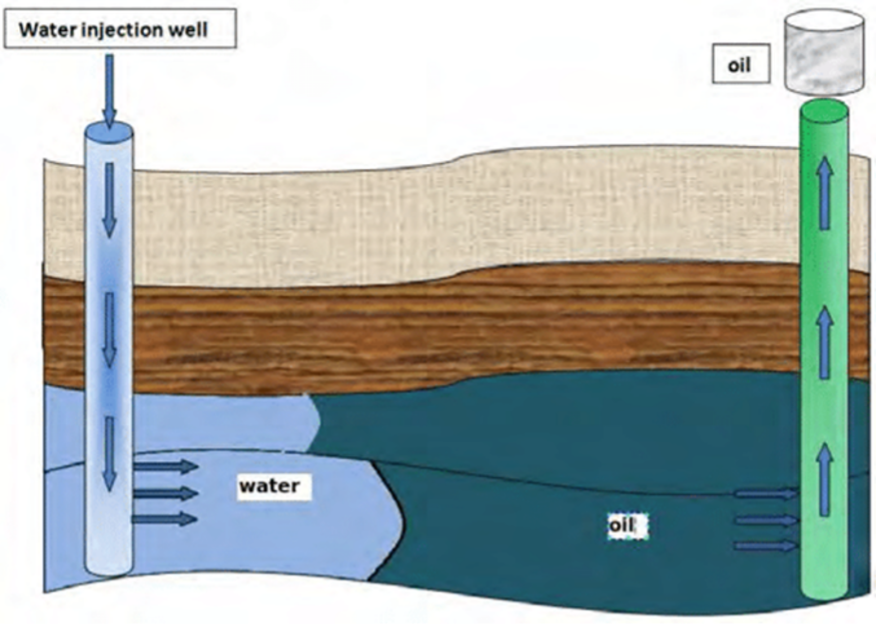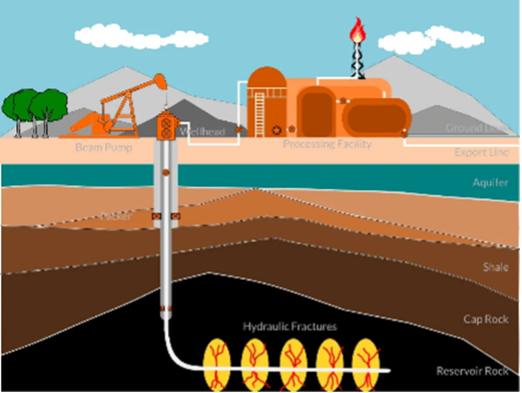Operations. Overview
EON is an independent energy company with an acquisition and value creation strategy focused on building a company in the energy industry in North America that complements the experience of our management team and can benefit from our operational expertise and executive oversight.
Our first two acquisitions exemplify our focus to maximize total shareholder value from a diversified portfolio of long-life oil and natural gas properties built through acquisition and through selective development, production enhancement, and other exploitation efforts on its oil and natural gas properties.
The Company has acquired two upstream oil and gas properties in the Permian Basin located in New Mexico. The Grayburg-Jackson and South Justis fields are primarily waterflood properties where each have significant oil and gas reserves and potential. Both properties have significant possibility for horizontal drilling, which is being evaluated for production and economic potential.
Waterflood Operations
Waterflooding process is a secondary recovery method to produce incremental oil and gas after production via the primary recovery method from natural pressure diminishes. The waterflood process uses the injection of water into an oil-bearing reservoir for pressure maintenance to produce the incremental oil. Waterflooding wells are typically in a pattern of 5 wells which look like the 5 of a die. The middle well is a producing well, and the four corner wells are water injection wells. The injected water moves through the formation pushing incremental oil through the rock to the producing wells for additional recovery.

Source: International Journal of Oil and Gas and Coal Technology
The pattern is expanded with common-side patterns to maximize overall field oil and gas recovery. Other benefits to a waterflood property are the oil and gas recovery is a long-lasting, low decline oil and gas rate. This creates a long-term steady revenue stream, which is a strong base to generate sustained cash flow and earnings. Additionally, because a waterflood field has multiple waterflood patterns and wells, the geological and mechanical risks are significantly mitigated. This steady revenue stream and low-risk oil recovery waterflooding method increases the economic value of the asset as the property is developed.
Our Grayburg-Jackson and South Justis fields are waterflood properties where both have potential for additional drilling to both expand the waterflood recovery or to exploit areas for primary recovery depending on technical studies and economics.
Horizontal Drilling
Horizontal drilling is a drilling technique where a well is drilled at a near-horizontal angle, extending laterally through an oil or gas reservoir. This method is particularly useful for accessing oil and gas reserves that are spread out horizontally or are difficult to reach from directly above. Horizontal drilling typically exposes significantly more reservoir rock than a traditional vertical well.
The main components of the horizontal drilling process include: vertical drilling; curving the well to horizontal angle; reservoir penetration with lateral drilling; and well stimulation which is typically hydraulic fracturing for oil and gas recovery.

Source: Rock River Minerals
Vertical Section: The well is initially drilled vertically, similar to a conventional well, down to the interval for oil and gas recovery. This is typically several thousand feet.
Curve and Lateral: At a specific depth, the drilling angle is gradually changed to a horizontal direction, creating a horizontal section of the wellbore at the target reservoir interval.
Reservoir Penetration: The horizontal section is then drilled through the target oil or gas reservoir. The length of the horizontal section distance is based on many factors including property rights; oil and gas concentrations; and economics.
Well Stimulation (Hydraulic Fractures): The well stimulation in a horizontal well typically uses multistage hydraulic fracturing to create multiple isolated fractures along the wellbore in the reservoir rock. This fracturing process allows oil and gas to flow more freely to maximize recovery.
Both the Grayburg-Jackson and South Justis fields have significant possibility for horizontal drilling based on the rock and interval formations, and results from other fields in the overall geographic area. Accordingly, the Company is evaluating both fields for production and economic potential. The Grayburg-Jackson Field evaluation process is well underway, and the South Justis Field technical studies and economics are expected to commence in the next few months.

